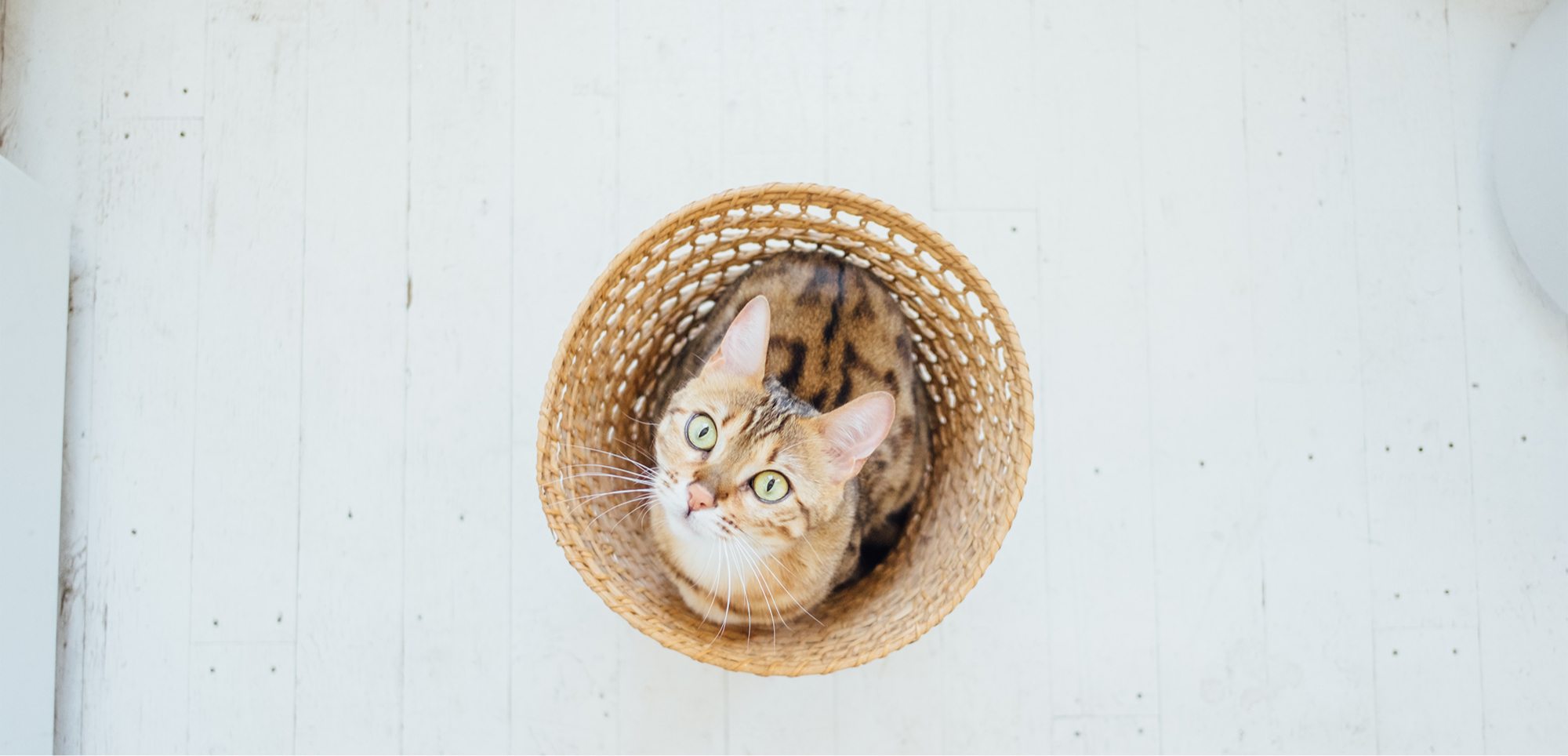Rabbit Haemorrhagic Disease Virus and Rabbit Vaccination in New Zealand
Rabbit Haemorrhagic Disease, also known as Rabbit Calicivirus Disease, is caused by Rabbit Haemorrhagic Disease Virus (RHDV) is a highly contagious, usually fatal disease that can affect all domestic and wild rabbits.
In 1997 a strain of RHDV (RHDV1 v351) was illegally introduced to New Zealand in efforts to control wild rabbit populations. This was not long after Australia had a Calicivirus outbreak, killing more than 10 million rabbits within 8 weeks.
The release of a new strain of RHDV (RHDV1-K5) into the wild rabbit population in NZ was approved by the Ministry for Primary Industries in late 2017 and the virus was released in March/April 2018 by a national consortium of agencies with the aim of helping to control wild rabbit populations.
In May 2018, the presence of another new strain of the rabbit calicivirus (RHDV2) in New Zealand was confirmed by MPI. At this stage, it is not known how this virus strain came to be in New Zealand.
All of these viruses pose a grave risk to companion rabbits as well as wild rabbits.
RHDV is mostly transmitted by direct contact with infected animals or contaminated objects. Birds, other mammals, and insects (commonly flies, fleas, and mosquitos) can spread the virus. The disease can also be spread by rabbits coming into contact with virus particles that have contaminated people, clothing, food, bedding, water, cage accessories, and soil/grass etc.
RHDV is present in the mouth, nose, eyes, saliva, urine and faeces of infected rabbits. Affected rabbits may show no symptoms until sudden death within 12-36 hours of infection. However, affected rabbits may show other signs such as:
- Anorexia (not eating)
- Apathy
- Depression
- Dullness
- Nervous signs such as convulsions, ataxia (wobbliness), paralysis, opisthotonos (spasm of the muscles causing backward arching of the head, neck, and spine), and paddling.
- Groans and cries
- Respiratory signs such as dyspnoea (difficulty breathing), frothy and bloody nasal discharge, and cyanosis (bluish cast to the mucous membranes, caused by low oxygen levels in the red blood cells)
There is no specific treatment for the disease and mortality rates are very high; this makes prevention crucial.
RHDV prevention
Vaccination and maintaining up to date vaccinations, along with the following measures to reduce the potential exposure of rabbits to the virus, are the recommended steps to try and keep companion rabbits safe from RHDV:
- Housing rabbits in insect proof enclosures or indoors.
- Control insects.
- Prevent direct or indirect contact with wild rabbits.
- Quarantine any new rabbits for at least 7 days to ensure they show no signs of illness.
- Maintain proper hygiene and use disinfectants where needed
- If your rabbit seems unwell, consult your veterinarian immediately.
- Do not cut grass and feed it to companion rabbits if there is the risk of contamination from wild rabbits.
- If you are in contact with rabbits other than your own, you should wash your hands with warm soapy water between handling rabbits.

Vaccination
There are currently two different vaccinations available in New Zealand for RHDV: Cylap and Filavac VHD K C+K.
The vaccine that has been previously and widely available in New Zealand for Rabbit Haemorrhagic Virus Disease (Cylap) provides protection against the original RHDV1 v351 strain of the virus. Research with small numbers of rabbits indicates that the Cylap vaccine also provides protection against RHDV1-K5.
Filavac VHD K C+K will protect rabbits against all three strains of RHDV currently present in NZ but it had not been available in NZ until very recently. This vaccine is now being imported into NZ under a special circumstances approval after the discovery of RHDV2 in NZ; there are now limited stocks of this vaccine available and more is being imported. The New Zealand Veterinary Association (NZVA) has recommended that when Filavac is available, it should be used to provide protection to rabbits against both of the RHDV1 viruses known to be present in NZ, and the newly discovered RHDV2 virus. Rabbits who receive Filavac do not need to continue receiving Cylap for their RHDV1 protection.
You should contact your veterinarian to ask if they have, or can get, the Filavac vaccine for your rabbits and have them vaccinated with Filavac as soon as you can. Rabbits can be vaccinated with Filavac from 10 weeks of age and then should be revaccinated annually.
Vaccinations should be recorded and signed in your rabbit’s health certificate. It is important to keep this in a safe place as sometimes proof of vaccination is required by various parties.
If your rabbit seems unwell contact your veterinarian immediately.

